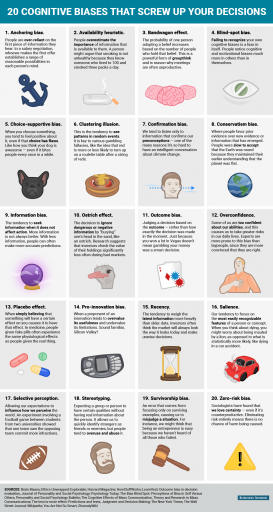The stock market continues to grind within a choppy trading range for nearly a month now. As with most sideways trading ranges/consolidation periods, the longer they last, the more powerful the ensuing trend will be once prices clearly break out above or below the range.
I don’t see any significant market developments worth mentioning today. Despite rallying as high as 1% earlier today, most of the major US stock indices are still trading below the 60-minute rising wedge patterns that were highlighted on Friday, which results in a near-term bearish bias. With that being said, personally I’m keeping things light for now in regards to initiating any new positions. I remain net short with my swing trade positions that I scaled back into over the past several weeks but I’m being very selective on taking any new positions, including day trades, as the recent price in the broad markets has been very sloppy & unpredictable, not to mention that I was out of the office the better part of last week.
One of the most critical components to being a successful trader or investor, at least in my opinion, is know when to trade and more, much more importantly, is when not to trade. As most experience traders will tell you, over-trading is a sure path to under-performance or even failure. The market is simply not an ATM in which you can consistently extract profits from day in and day out. I’m speaking as a swing trader as HFT has virtually nothing common with stock trading, be it day trading, swing trading, trend trading, etc.. other than the fact that the goal is to profit from buying & selling stocks.
With that being said, I wanted to share this chart that I recently came across in this brief article from Business Insider (click to view chart, along with the brief introduction on their site). Although the point of the article was to highlight various cognitive biases that general affect your everyday behaviors, nearly all 20 of these biases can, and very often do, affect important decision that we make as traders and investors. In fact, I have long believed (and have personally experienced) that Confirmation Bias can be one of the most detrimental factors to the success of a trader or investor. Just because these biases exist does not mean that they are immutable. Both in our personal life and especially our trading, we can make a conscious effort recognize these biases and make the necessary adjustments to our behaviors (and our analysis of a stock/gold/financial markets/etc…) to attempt to minimize or eliminate their effects on our decision making process.
tip: Click on the chart to expand. Once opened, you can zoom in using the scroll wheel on a mouse, touch-pad or just click, hold and drag the dotted area in the lower left corner of the expanded chart to further enlarge. The expanded image can also be panned (moved around) by clicking & holding your left mouse button down. Mobile devices can simply pinch to zoom.


